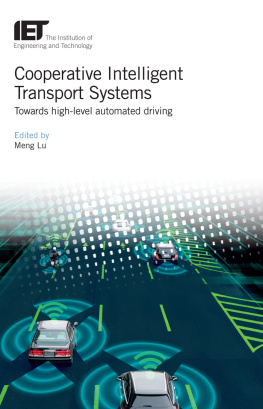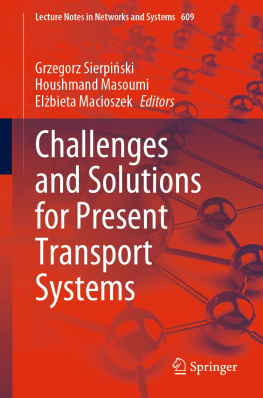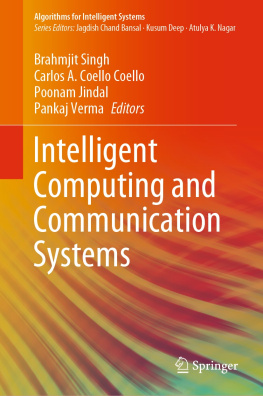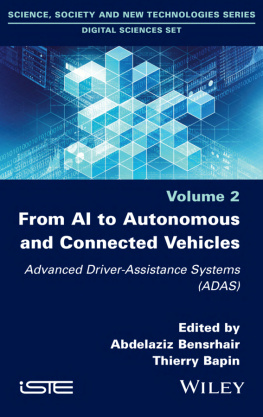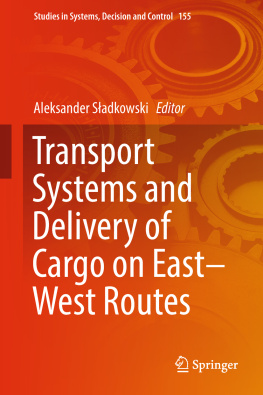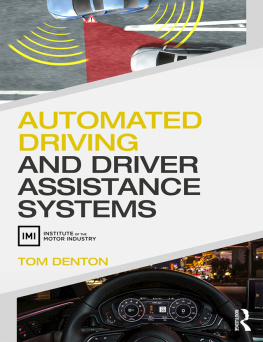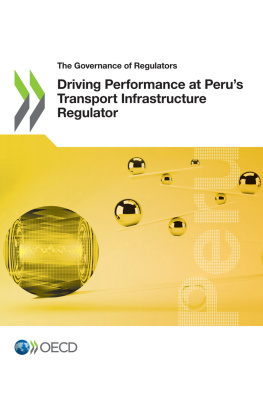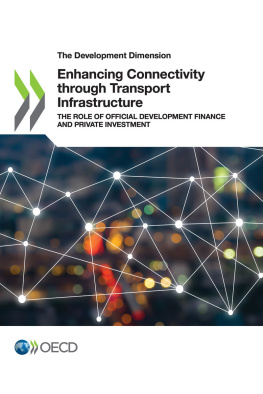2Automated Driving Department, Institut fr Kraftfahrzeuge (ika), RWTH Aachen University, Aachen, Germany
1.1 Introduction
Information and Communications Technology (ICT) is the use of computers and communication systems to collect, send, store, process and use data. ICT is the basis for intelligent transport systems (ITS), comprising a broad range of diverse technologies in the transport domain, using sensor, communication, information processing and control technology. Communication between vehicles and infrastructure defines the area of Cooperative ITS (C-ITS). General goal is to enhance comfort, safety, efficiency and effectiveness of transport and mobility. C-ITS as a prelude for automated road transport is the topic of this book, as outlined in this chapter.
Two main categories of ITS applications can be distinguished: vehicle-based or on-board systems and infrastructure-based or off-board systems. Examples of vehicle-based ITS applications are Advanced Driver-Assistance Systems (ADAS), in-vehicle safety systems and systems enabling connected and automated vehicles. For these systems, vehicles are equipped with various technologies for environment perception and communication. Sensors for environment perception include radar, lidar, camera, and positioning and map database, and need as well processing facilities. Communication technologies, the essential component of C-ITS, include direct vehicular communication based on IEEE 802.11p and cellular network communication. Examples of infrastructure-based ITS applications are tolling, traffic monitoring, traffic control, traffic information and all back-end systems. These systems also use various kinds of sensors (including infrared and inductive loops) and communication technologies [].
First visions of ITS in the form of futuristic self-driving vehicles already developed at the beginning of the twentieth century (cf. 1939 New York Worlds Fair Futurama as in [], running 19861995. In 1994, the first automated vehicle was publicly shown as part of PROMETHEUS. Being first-generation prototypes, these research results were far from market introduction but provided valuable impulses and marked the start of the development of applications for supporting the driver with the driving task.
In an article of 1982 [], triggered the development of comfort and active safety systems.
The focus of active-safety systems is on preventing collisions, and mitigating the impacts if collisions do occur. Increasingly active-safety systems use perception of the environment: the static road infrastructure, and dynamic objects present in that infrastructure. Four main sensor technologies provide information for environmental modelling: radar, lidar, camera systems, and map database and positioning, while also C-ITS has become an important component. In recent years, numerous pilot and standardisation activities took place supporting the deployment of cooperative systems based on the IEEE 802.11p wireless local-area network standard. At the same time, vehicles are increasingly connected to mobile phone networks, which are continuously improving in terms of coverage, bandwidth and latency. Communication technologies have reached a degree of maturity that allows to integrate until now largely separate C-ITS applications at infrastructure- and vehicle-side into a connected ecosystem.
The technological progress and results of research and innovation resulted in the market introductions of a variety of systems. The IEEE ITS Society was established. (C-)ITS technology is a key aspect in a majority of the ongoing research projects on ground transport worldwide. Today vehicle automation is a major research field, which transforms the automotive industry by applying sensor technology and (C-)ITS in order to increase safety, comfort and efficiency.
1.2 State-of-the-art
Todays transport system is based on principles and rules, which have been established several decades ago, before (C-)ITS was available. Therefore, existing boundary conditions and limitations, such as infrastructure designed for manually driven vehicles, are confronted with new challenges due to recent developments. A transformation that affects different areas such as mobility itself, vehicle automation and vehicle communication.
1.2.1 Mobility
Private and public transport are indispensable elements of mobility today. Passenger vehicles are owned by individuals. Trucks are operated in fleets mostly owned by fleet operators. Public transport systems are provided by communities or transportation companies.
Due to challenges such as limited parking space, environmental pollution, low and high demand of public transport at different times of the day, economic considerations in rural areas, and availability of ITS technology, new mobility concepts arise. Individual mobility is transforming into MaaS (mobility as a service), in which transportation might be shared, on-demand and more service oriented. First services have already been introduced to the market.
Car sharing is a service that provides members of the service access to an automobile for time-limited intervals, e.g. less than a day. The vehicle can be used in one-way trips or as free-floating vehicles within a public area, which allows users to pick up a vehicle at one location and drop it off at another.
Ride haling is a service that operates taxi-like, picks up people at any location and transports them to their desired destination. The service coordinates privately-owned and -driven vehicles, and their passengers use apps on smartphones.
Ride haling can also be combined with ridesharing. Such a service involves adding passengers to a private trip in which driver and passengers share a similar destination.
In the future Mobility on Demand shall provide an integrated and connected multimodal network service of safe, affordable and reliable transportation options that are available and accessible to all travellers. This is the vision of MaaS.
Next to the transportation modes, also the vehicle types are transforming from classical passenger vehicles like taxis in different sizes and buses towards new concepts like shuttles and small bus-like vehicles. Personal rapid transits are small automated vehicles, usually called pods, which are carrying up to six passengers. They are operated in a limited network.
Automated shuttle-like vehicles are capable of transporting a larger number of persons (up to 15 people). By choosing a suitable route, the maximum speed to be driven can also be severely limited, which favours the use of such vehicles as a supplement to local public transport. For safety reasons, the first test fleets are currently still driving with a driver on board the vehicle [].
1.2.2 Vehicle automation
Vehicle automation has a high potential for the future development of mobility. It influences vehicle design and technical development, infrastructure-based (C-)ITS and user behaviourfor the individual as well as for society. Furthermore, both the environment and the automotive industry can benefit from higher levels of vehicle automation. However, it is necessary to overcome a whole series of challenges.
The higher the degree of automation and the greater the variety of mobility applications, the greater are the opportunities for society. These are matched to the further development of road safety and efficiency and with regard to the economic development of the respective economy. Opportunities also involve bringing mobility to persons, which are immobile in todays society such as elderly people and persons with disabilities.

